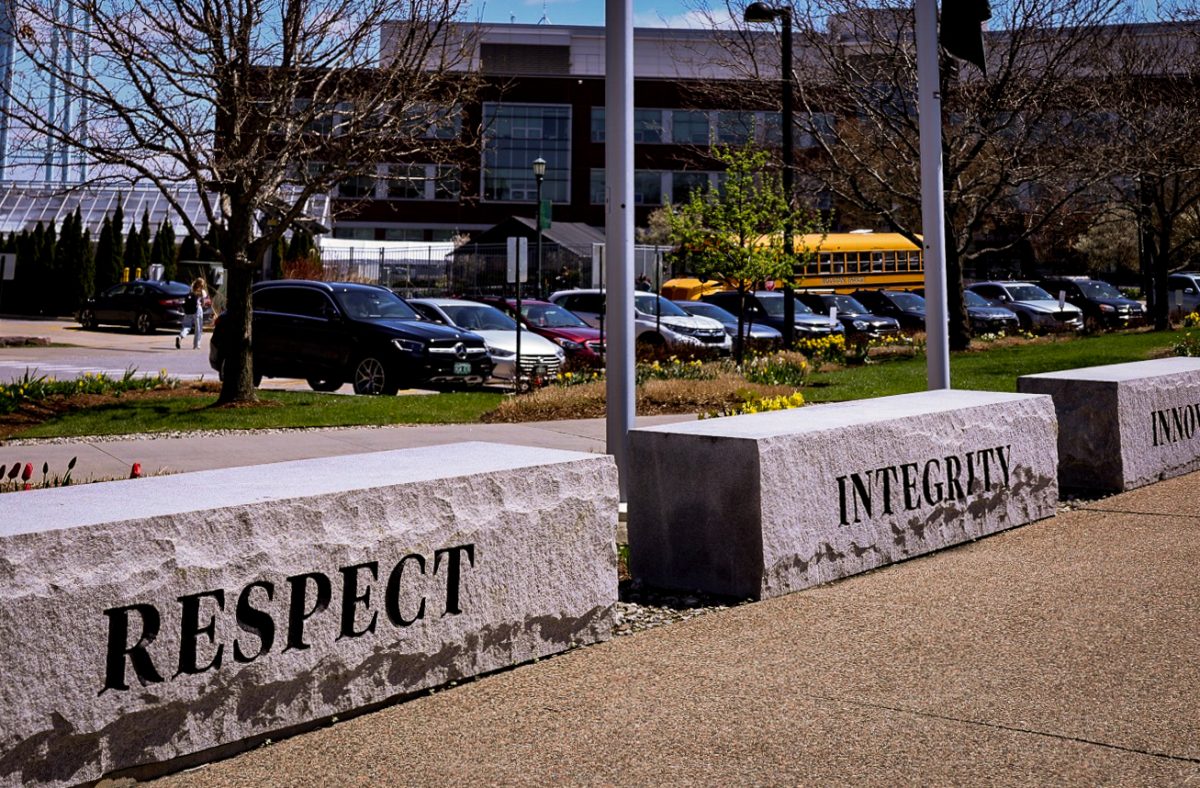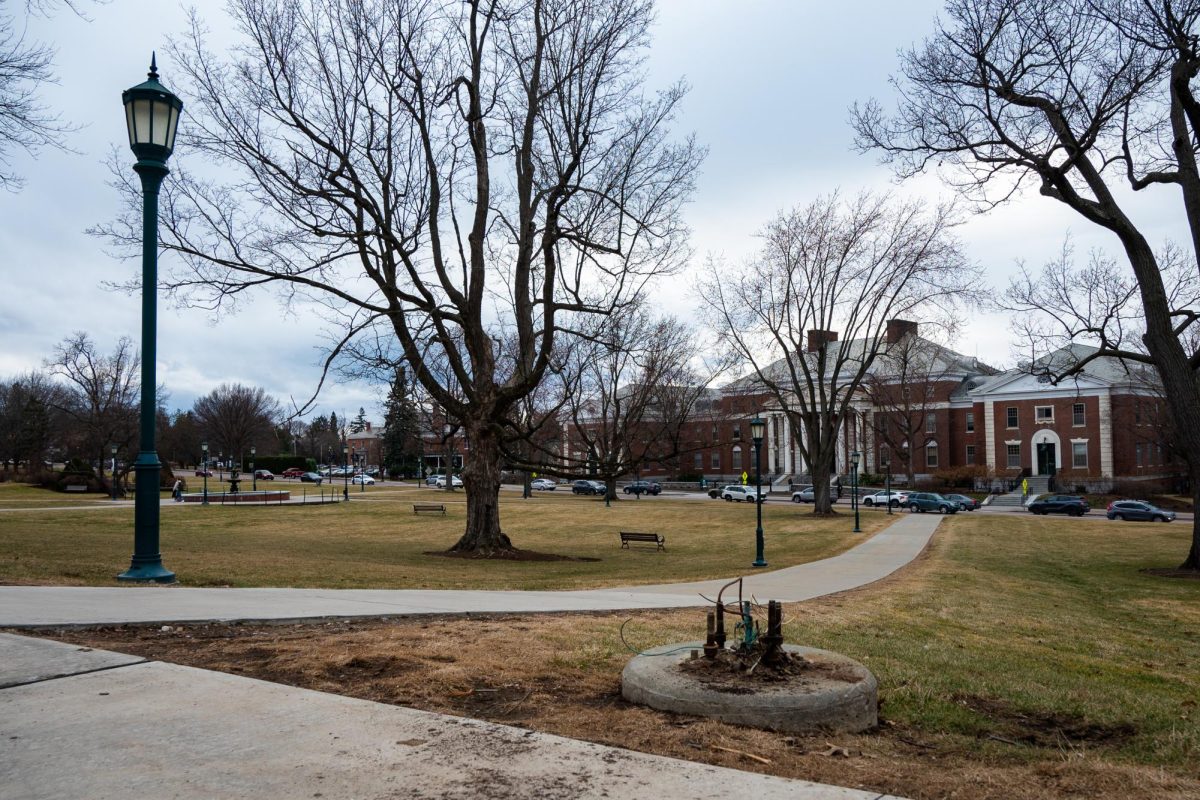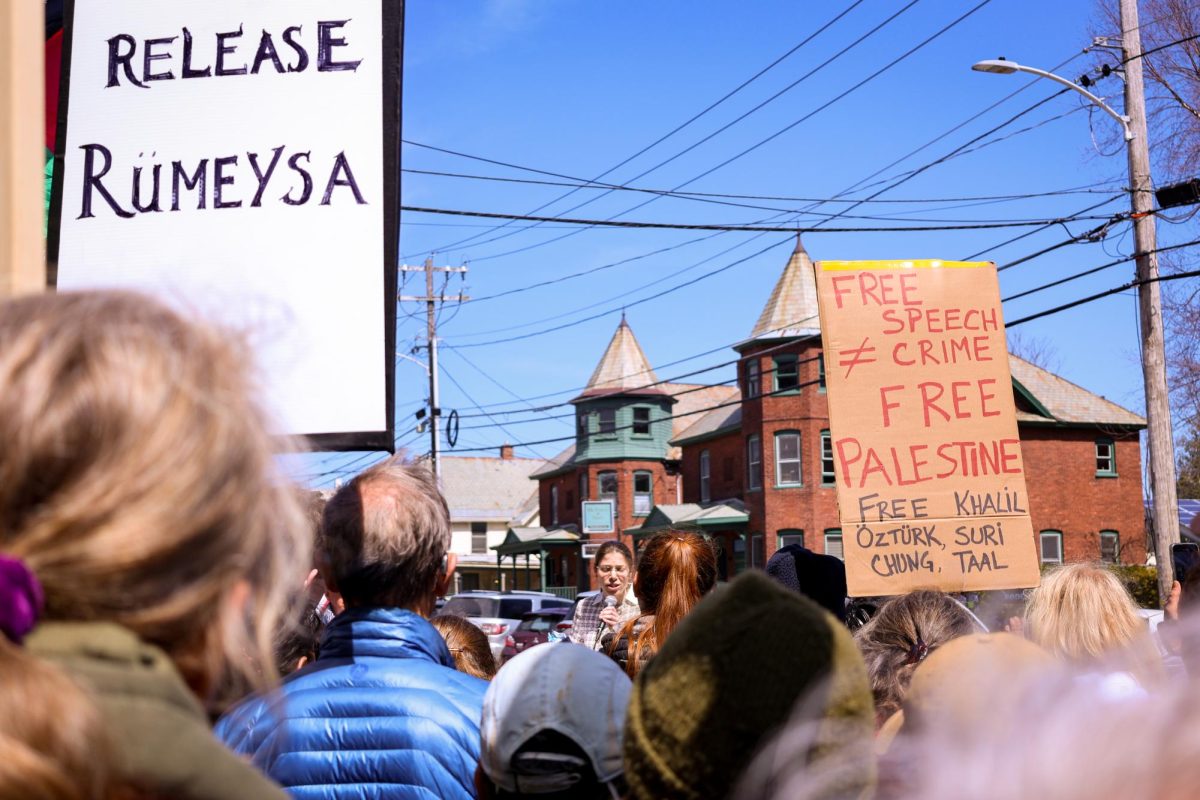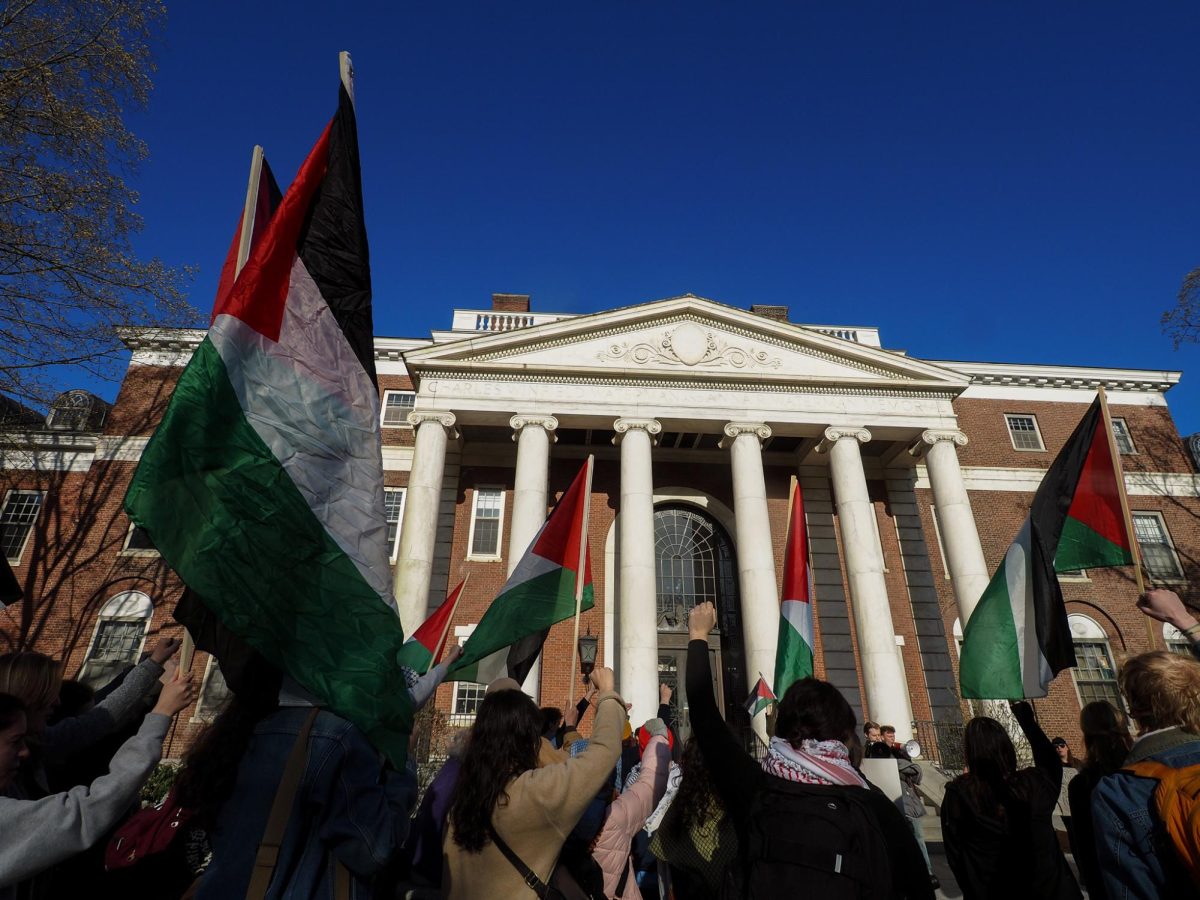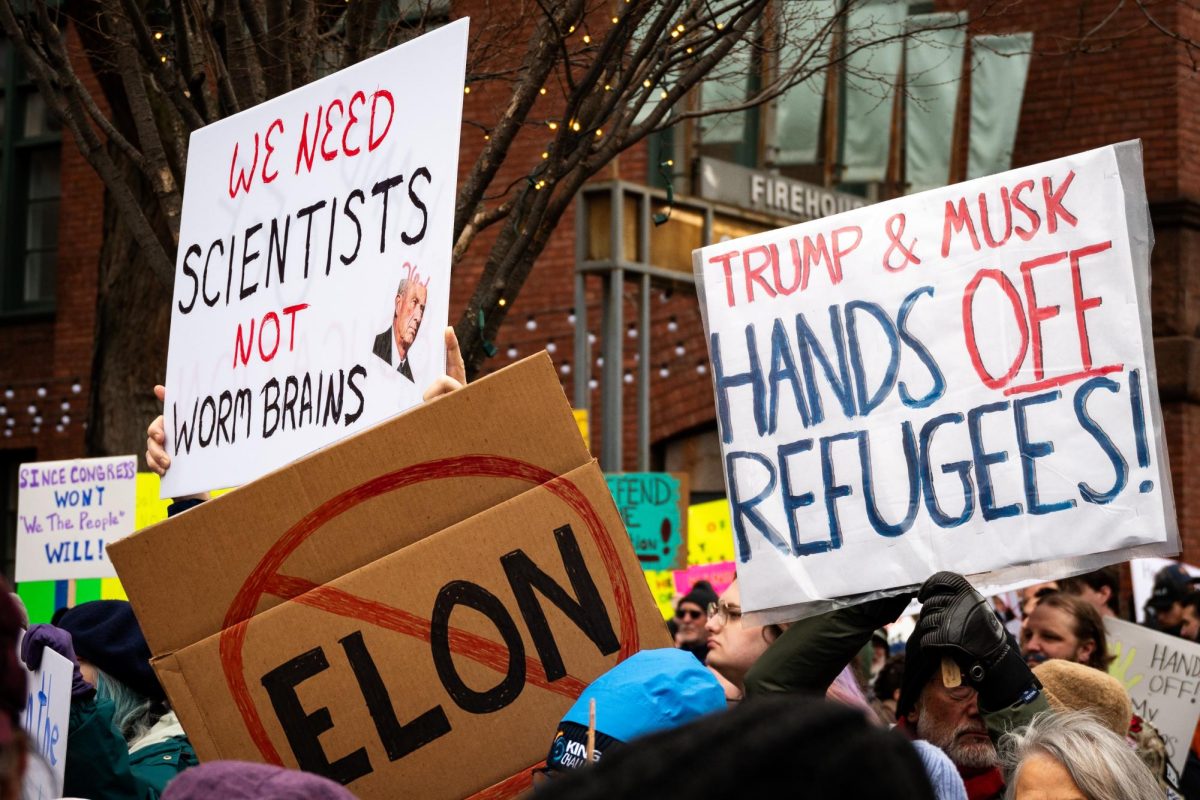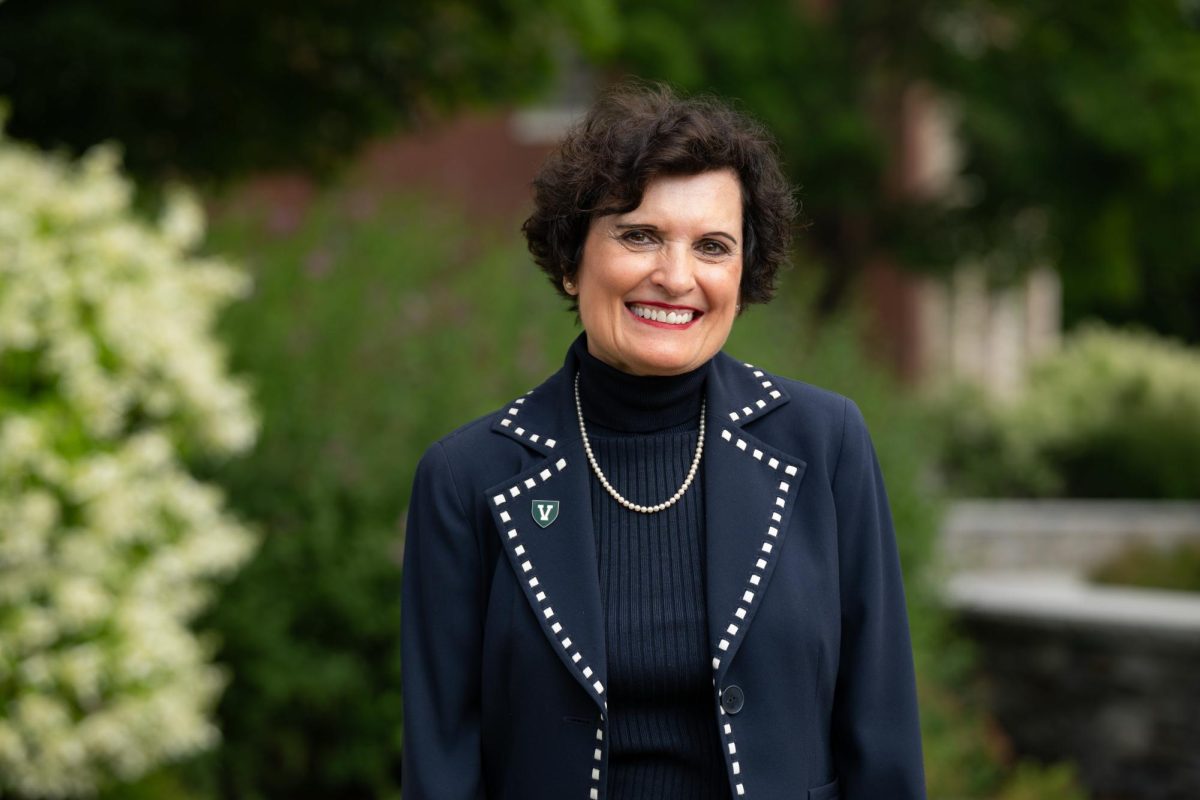Up to mid-1800s: Abortion is legal and common. By 1900: Abortion is illegal virtually across the country. 1965: In Griswold v. Connecticut, the Supreme Court overturns a Connecticut law prohibiting use of contraceptives by married couples. 1972: In Eisenstadt v. Baird, the Supreme Court strikes down a law banning the distribution of birth control to unmarried adults. 1967 to 1973: Seventeen states rewrite their abortion laws. Four states — Alaska, Hawaii, New York and Washington — repeal their bans entirely. 1973: In a 7-2 decision, the Supreme Court in Roe v. Wade strikes down a Texas law banning abortion. The court divides pregnancy into three trimesters and declares that during the first 13 weeks, the decision should be left up to “the attending physician, in consultation with his patient.” 1976: In Planned Parenthood of Central Missouri v. Danforth, the Supreme Court strikes down requirements for parents and spouses to consent to abortions. 1980: In Harris v. McRae, the Supreme Court upholds the Hyde amendment, which restricts Medicaid funding of abortions to those procedures needed to protect the life of the pregnant woman and to those required in other special circumstances. 1983: In Akron v. Akron Center for Reproductive Health, the Supreme Court invalidates a city ordinance requiring, among other things, that all abortions after the first trimester be performed an a hospital and that parental consent be required for abortions on girls under 15. 1986: In Thornburgh v. American College of Obstetricians & Gynecologists, the Supreme Court strikes down a Pennsylvania statue requiring a woman seeking an abortion to receive from her doctor a state-sponsored lecture about potential risks and detailing alternatives. 1989: In Webster v. Reproductive Health Services, the Supreme Court upholds a Missouri law banning the use of public employees or facilities for abortion and requiring physicians to perform tests to determine viability on fetuses of more than 20 weeks’ gestation. 1992: In Planned Parenthood of Southeastern Pennsylvania. v. Casey, the Supreme Court upholds the core of its Roe v. Wade ruling and ban states from outlawing most abortions. But it abandons the trimester plan and instead adopts a new test — abortion regulations that present an “undue burden” on women’s constitutional right will be prohibited. -NPR Report
Categories:
History of the Abortion Debate
January 27, 2003
0
More to Discover


